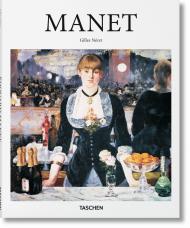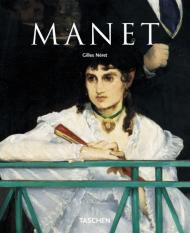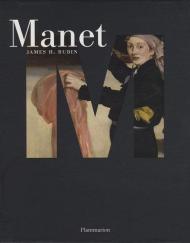Thirty-five contemporary artists create their own version of Le Déjeuner sur l’herbe.
Édouard Manet’s Le Déjeuner sur l’herbe (1863) is generally cited as the first modern painting. The entry slide in art history lectures about modernism, the work remains among the “most audacious painting[s] ever seen in France,” as Ross King described it in The Judgement of Paris (2006).
As Manet did with Le Déjeuner sur l’herbe, the most provocative painters today collapse the historical and the contemporary onto one plane. Jeffrey Deitch invited a group of these influential artists to create their own versions, combined here with historical responses to Manet’s painting. The slim volume features these often biting and satirical works alongside essays discussing Le Déjeuner sur l’herbe’s enduring influence on contemporary figurative painting.
About the Authors:
Jeffrey Deitch has helped to build the careers of some of many leading contemporary artists as a gallerist and curator. He is the former Director of the Museum of Contemporary Art, Los Angeles.
Aruna D'Souza writes about modern and contemporary art; intersectional feminisms and other forms of politics.
Marina Molarsky-Beck studies twentieth-century art, with a focus on interwar photography and histories of gender and sexuality.
Thomas E. Crow is an American art historian and art critic who is best known for his influential writing on the role of art in modern society and culture.
____________
Пролистать книгу Luncheons on the Grass: Reimagining Manet's Le Déjeuner Sur L'Herbe на сайте издательства.



